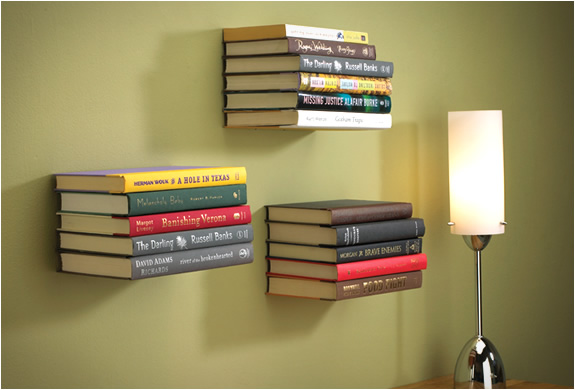 They say nothing is certain in life but death and taxes. When you’re a homeowner, that statement includes property tax–and potentially paying more of it if your property’s value is re-assessed by the county auditor’s office.
They say nothing is certain in life but death and taxes. When you’re a homeowner, that statement includes property tax–and potentially paying more of it if your property’s value is re-assessed by the county auditor’s office.
While counties vary in how and when property values are re-assessed, most have a process that takes place at least every five to eight years. You’ll know it’s underway when you receive notification from the county auditor’s office by mail. If you’ve been paying taxes on the inflated home values that dominated the market before the housing bubble burst, your notification may actually lead to a lower tax payment.
Nevertheless, despite the continued lull in the housing market’s recovery, some homeowners are receiving news from their county auditor that property values are slated for an increase. As a result, property taxes go up, too. Here is an explanation of your options if you are notified that your home value has been reassessed to an amount higher than what you believe the property is worth:
All counties allow the option for homeowners to react to reassessed values, whether up or down. Start by doing a little sleuthing of your own, and use your county auditor’s website to research the home values of similar properties in your neighborhood (this information is free and public record). Gauge the “going rate” in your market by researching comparable home sales in your neighborhood, I’m happy to help with an analysis. You can go here to sign up for an account on my site.
Once you’ve gathered real value data, compare it to the new figure your country auditor has determined—and keep in mind that short sales and foreclosed property figures are typically not considered as a valid form of value comparison. If you still feel confident that there is a discrepancy between the “real” and reassessed value of your property, the first step is to understand how the appraisal process works, and the potential costs that it carries.
Unlike the home inspection that was conducted when you bought your property, that appraisal is actually based on a math-appraisal technique using statistics-based evaluation models, and at times, walking audits in a neighborhood. The appraiser will likely never see the inside of your home in determining the appraised value, but instead bases the figure on a variety of data points like square footage, county information, and the other fees that accompany a home sales transaction, like tax and title, real estate and broker fees.
When considering challenging a property reassessment, using a simple cost-benefit analysis approach, much like you would when considering whether or not to refinance a property.
Costs and Savings to Consider
 Start by figuring the difference between what you feel the value of the home is, versus the reassessed value proposed by the county. For example, if your home’s proposed “new value” is $300,000 but you believe that it is worth $225,000-there is a sizeable discrepancy of $75,000.
Start by figuring the difference between what you feel the value of the home is, versus the reassessed value proposed by the county. For example, if your home’s proposed “new value” is $300,000 but you believe that it is worth $225,000-there is a sizeable discrepancy of $75,000.
Counties use a “millage rate,” or the amount per $1,000, to calculate taxes on property. To analyze your unique situation, you’ll need to identify the exact millage rate for your area. For the sake of example, assume that a millage rate of two percent for the above scenario. The $75,000 discrepancy in value would lead to an annual property tax increase of about $1,500, if the homeowner chooses to accept the reassessed value. You should also consider any special exemptions that you qualify for, such as homestead exemptions, or owner-occupied exemptions, which vary by homeowner situation and location.
Once you’ve run the basic numbers, consider how long you plan to live in the property to determine whether the proposed new amount is worth challenging. In the scenario above, a homeowner who intends to live in the home for the next five years would potentially pay about $7,500 more in property taxes. If you decide to move forward once you’ve considered the long-term costs, the next step is to seek a qualified, licensed appraiser.
A typical appraisal fee is around $400, and could potentially be higher for complicated properties, like those with pools or located on a waterfront. I have a few appraisers whom I trust, and understand that the property is being appraised because of a new county auditor value.
If you do intend to sell in the next few years, it’s also important to understand that your property value as determined by the county won’t play much of a role in terms of your sale price. Should you contest the value and win a lowered home value with the auditor, but your neighbors accept the higher value, you won’t be “haunted” by the lower value down the road. As your real estate professional I recognize that there are a lot of inaccuracies in the process, and will use many data points to determine the fair market value of your home.
Let me know how I can help. Call me at 206-713-3244 or email me: Emmanuel@EmmanuelFonte.com


















